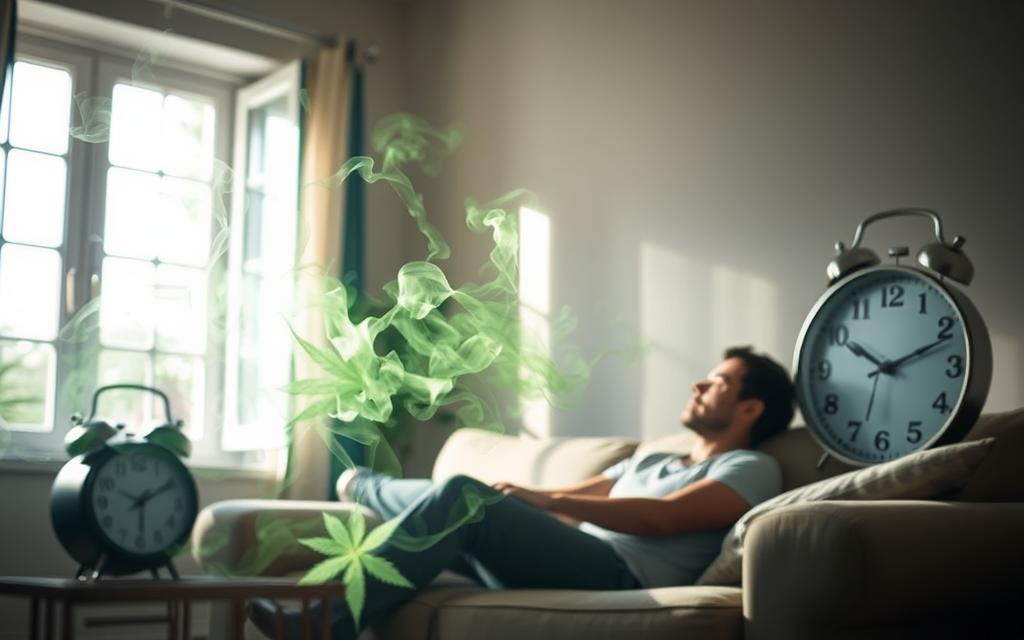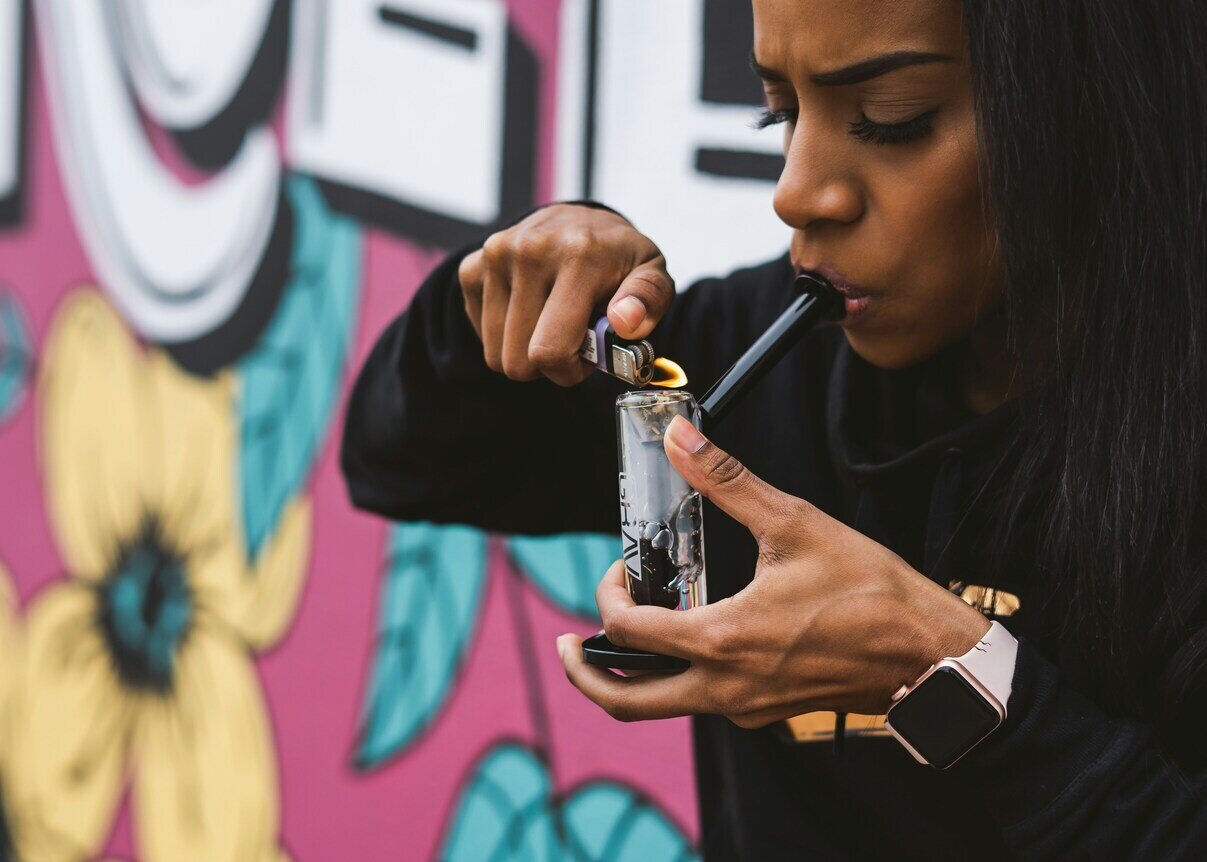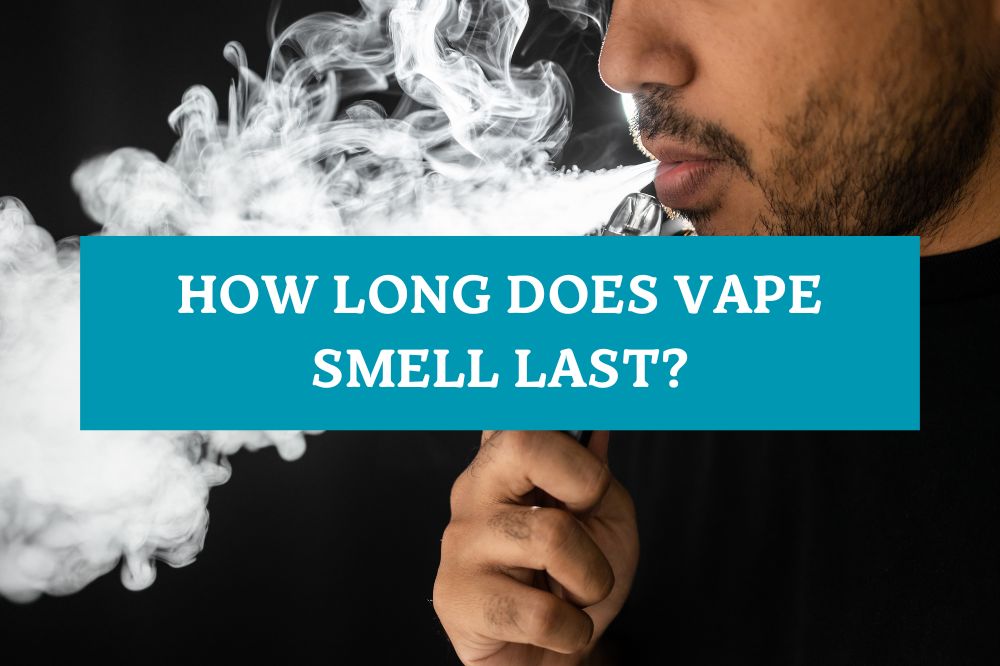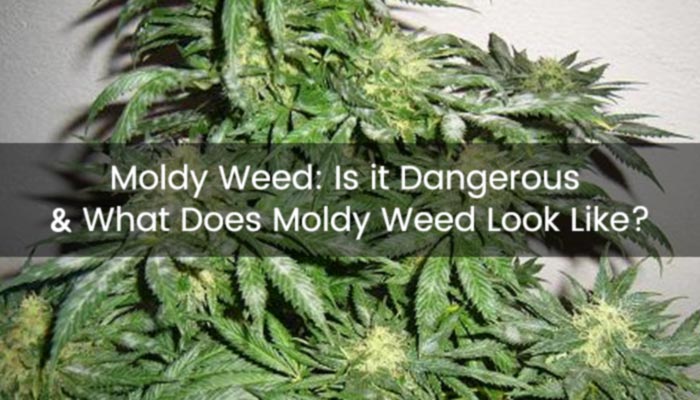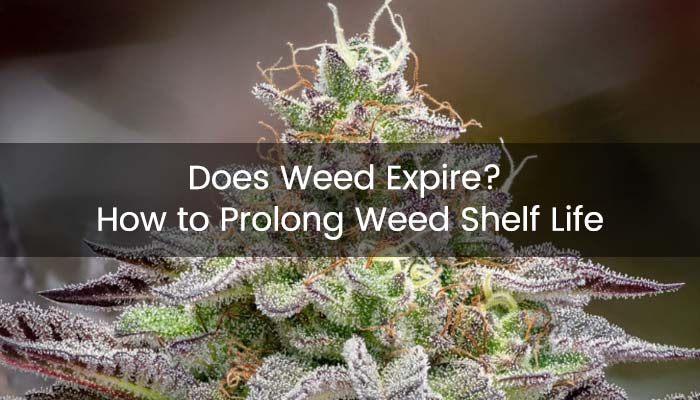How Long Does The Weed Smell Last On A Person
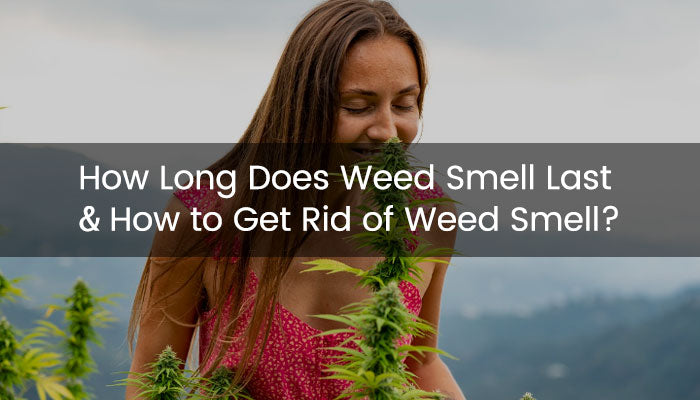
The lingering scent of cannabis, often described as skunky or earthy, can be a source of anxiety for individuals concerned about professional reputation, social acceptance, or legal ramifications. Unlike some odors that dissipate quickly, the persistence of weed smell on a person is influenced by a multitude of factors, ranging from the method of consumption to individual body chemistry.
Understanding these factors is crucial for those seeking to mitigate or eliminate the telltale aroma. But how long exactly does the weed smell cling to a person?
This article will delve into the science and practical aspects of cannabis odor retention, exploring the variables that determine its duration and offering evidence-based strategies for managing its presence.
The Nut Graf: Key Factors Influencing Smell Duration
The duration of weed smell on a person is not a fixed quantity. It's a dynamic outcome of several interacting elements. These include the method of consumption (smoking vs. vaping vs. edibles), the potency and type of cannabis used, the ventilation of the environment where consumption occurred, the individual's metabolism and body composition, and the materials that may have absorbed the odor, like clothing or hair.
The National Institute on Drug Abuse (NIDA) does not offer precise data on odor persistence, but research on cannabis metabolism and environmental contamination provides insights.
The stronger the cannabis product, the more volatile compounds released, leading to a longer-lasting odor.
The Science of Smell: How Cannabis Odor Works
Cannabis contains hundreds of chemical compounds, including terpenes and cannabinoids, responsible for its distinct aroma and psychoactive effects. When cannabis is consumed, these compounds are released into the air and can cling to surfaces and individuals.
Terpenes, aromatic oils, are particularly volatile and contribute significantly to the pungent smell. Smoking cannabis releases these compounds more readily than vaping, as the combustion process generates more smoke and particulate matter.
The smoke particles deposit on skin, hair, and clothing, causing the odor to linger. Even secondhand smoke can contribute to odor accumulation.
Consumption Method and Odor Persistence
The method of cannabis consumption plays a vital role in determining how long the smell lasts. Smoking cannabis is generally associated with a more pronounced and persistent odor compared to vaping. This is because combustion creates a larger volume of smoke containing a higher concentration of odor-causing compounds.
Vaping, which heats cannabis without burning it, produces less smoke and fewer particulate matter, potentially leading to a less intense and shorter-lived smell. Edibles, which are ingested and metabolized internally, typically produce minimal external odor on the person, although their breath might carry a faint scent.
However, handling cannabis to prepare edibles can still transfer odors to the hands and clothing.
Environmental Factors and Ventilation
The environment in which cannabis is consumed significantly impacts odor retention. Poorly ventilated spaces allow smoke and vapor to concentrate, increasing the likelihood of odor absorption by surrounding materials and individuals.
Consuming cannabis outdoors or in well-ventilated areas allows for quicker dissipation of odors, reducing the chances of them clinging to a person.
Closed spaces like cars or small rooms can create a saturated environment, making the smell linger for extended periods.
Individual Factors: Metabolism and Body Composition
Individual factors such as metabolism and body composition also influence how long the weed smell lasts on a person. Individuals with higher metabolic rates may process and eliminate cannabis compounds more quickly, potentially reducing the duration of the odor.
Body composition, particularly the amount of body fat, can also play a role. THC, the primary psychoactive compound in cannabis, is fat-soluble and can be stored in fatty tissues.
While this primarily affects drug testing, it may also indirectly influence odor persistence through slow release and metabolism.
Odor Absorption by Clothing and Hair
Porous materials like clothing and hair readily absorb cannabis smoke and vapor, becoming significant sources of lingering odor. Fabrics such as cotton and wool tend to retain odors more than synthetic materials.
Hair, especially long hair, provides a large surface area for odor absorption. Regular washing of clothing and hair is essential for removing trapped cannabis compounds and minimizing the smell.
Hats and scarves can also trap odors and should be cleaned regularly.
Strategies for Minimizing and Eliminating Weed Smell
Several strategies can help minimize or eliminate weed smell on a person. These include consuming cannabis in well-ventilated areas, using air purifiers with activated carbon filters, and changing clothes immediately after consumption.
Showering or washing exposed skin and hair with scented soaps and shampoos can also help mask or remove odors. Breath mints, mouthwash, and hand sanitizers can address odors emanating from the mouth and hands.
Specialized odor eliminators designed for cannabis can be effective, but their effectiveness varies depending on the product and the intensity of the odor.
Legal and Social Considerations
The legal status of cannabis varies widely across jurisdictions. In some areas, cannabis use is legal for medical or recreational purposes, while in others, it remains prohibited. The social acceptability of cannabis use also varies greatly, depending on cultural norms and individual attitudes.
Individuals should be aware of the legal and social implications of cannabis odor, particularly in situations where it may violate laws or offend others.
Consequences can range from social stigma to legal penalties, depending on the specific circumstances.
Looking Ahead: Research and Future Solutions
Further research is needed to fully understand the complex factors influencing cannabis odor persistence and to develop more effective strategies for managing it. Studies exploring the efficacy of different odor-eliminating products and technologies would be valuable.
Advancements in cannabis consumption devices, such as improved vaporizers with reduced odor output, could also contribute to minimizing the problem. Public education campaigns aimed at raising awareness about cannabis odor management and responsible consumption practices are essential.
As cannabis legalization continues to expand, understanding and addressing the issue of odor persistence will become increasingly important for balancing individual freedoms with community concerns.
In conclusion, the duration of weed smell on a person is a complex issue dependent on numerous variables. While a definitive timeframe is impossible to give, understanding these factors allows for proactive measures to minimize odor and navigate social and legal landscapes effectively.

